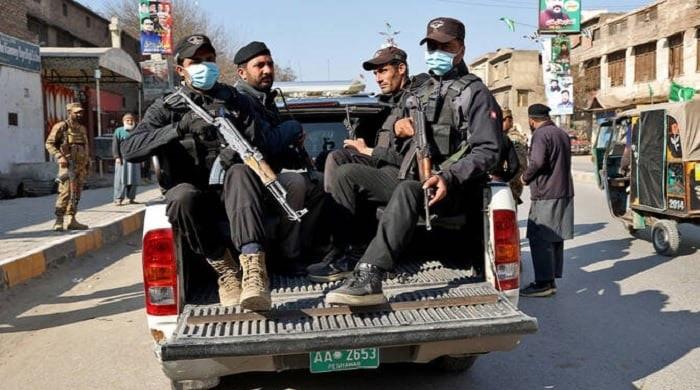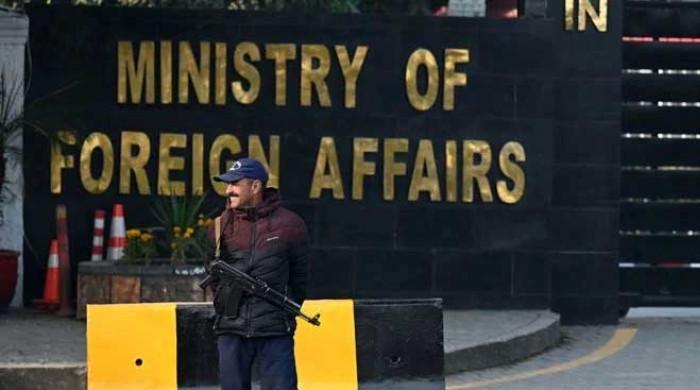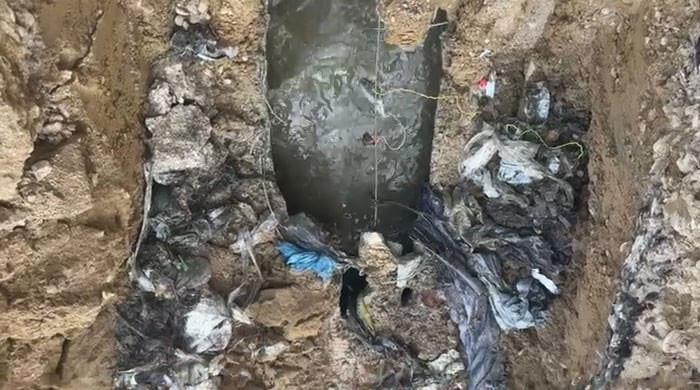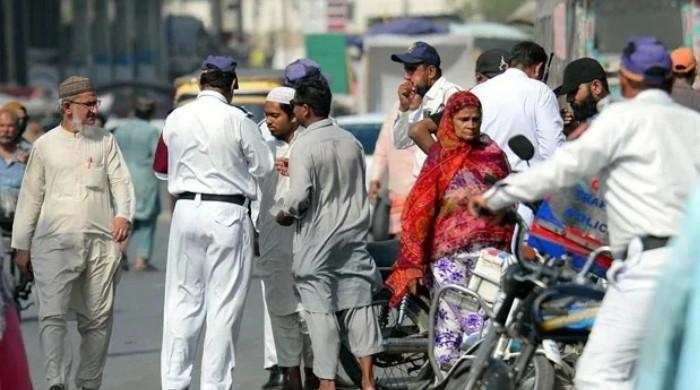Eleven years on, tragic memories of the earthquake disaster linger
Eleven years have passed since the ill-fated day when, at 8:50am, one of the deadliest earthquakes in the country's history claimed over 73,000 lives
October 08, 2016
On October 8, 2005, a 7.6-magnitude earthquake struck Azad Jammu and Kashmir (AJK) at 08:50:39 – one of the worst to have hit the region in this century.
The epicentre of the earthquake was where the Eurasian and Indian tectonic plates collided and was only 19 kilometres away from the capital of AJK, Muzaffarabad.
The devastating earthquake, which continued for almost 45 seconds, caused massive destruction in the region. The northern districts of AJK were the worst hit, as the earthquake flattened hundreds of buildings in Neelum, Muzaffarabad, Bagh and Rawalakot districts.
Scale of destruction
Muzaffarabad was the hardest hit in terms of casualties and destruction, with approximately 90% of the buildings in the city leveled to the ground. Almost the entire infrastructure was gone, and communication was badly affected. Most of the surviving buildings were in such bad shape that almost all of them needed to be reconstructed. According to the government’s official figures, 73,330 people died in the catastrophic earthquake.
According to the official death toll, 18, 000 children also died in the earthquake, most of them as a result of widespread collapse of school buildings. 128,500 people were also injured, 40, 000 of them critically, and many of them would never walk again due to the injuries caused to their spines. Six lac houses collapsed, while five lac families were rendered homeless.
Science behind the devastating earthquake
Geologists conclude that the subcontinent was once an island near Australia 65 million years ago. A massive earthquake caused it to collide with Asia, which created great mountain ranges such as the Himalayas, Karakoram and Hindu Kush. The confluence of these three mountain ranges is a place named Jaglot in Gilgit-Baltistan, where the River Indus and Gilgit meet. Some part of the state of Jammu and Kashmir is considered part of Central Asia, while the rest is considered part of the subcontinent. This was why the Neelum valley was largely spared from the destruction in the 2005 earthquake. In fact, not even a single house collapsed on the northern side of the valley. Apart from a few landslides – which cut off communication between the valley and the rest of the country – no major damage was caused.
The capital of AJK, Muzaffarabad is located on the crossing of two fault lines. In the north, a fault line named Himalayan Thrust is located while on the western side, Main Boundary Thrust is located. The 2005 earthquake occurred on the Himalayan Thrust and the epicentre of the quake lay only 19 kilometres northwest of the city.
Geologists say that ever since the confluence of the tectonic plates, both are moving towards each other, causing energy to be generated and when the energy finds its releasing point, it causes an earthquake. However, it is not necessary that an earthquake is only caused due to the release of this energy. Other factors could also affect the phenomenon.
In the 2005 earthquake, only five percent energy caused by the collision of the tectonic plates was released, and the geologist had warned about it in the past. However, their warnings fell on deaf ears. If the houses in the affected areas had been constructed according to modern earthquake-proof techniques, then the death toll could have been a lot lower.
The slow road to recovery
Initially, the cost of the damage was estimated to be around Rs 126 billion. Over US$ 5.6 billion (400 billion Pakistani rupees) in aid arrived from all around the world. Half of the amount was given to the affected people for the reconstruction of their houses, while Rs 207 billion worth of projects were also initiated. 3,000 projects were dedicated to the construction of educational institutions alone.
Eleven years later, 5,329 projects worth Rs 143 billion have been completed, while work is underway on 1,500 projects. However, construction work on 912 school buildings needs completion while construction has not even begun on 680 educational institutions. As a result, 150, 000 children are being educated without a roof over their heads. During these eleven years, some of the children have never even seen a classroom. Some of them completed their matriculation under these miserable circumstances.
What lies ahead?
Many geologists predict that the next earthquake would occur on Main Boundary Thrust, which is located in the south-west of Muzaffarabad. What steps have we taken to deal with this possibility?
Are our relief and rescue institutions ready to tackle the aftermath of another earthquake? Have we trained the local people what to do if such an incident happens again? Have we prepared ourselves to provide food for the affected after such an earthquake? These are the question we should be asking ourselves today.
We are probably the only nation in the world to which the entire world came to help but which never returned anything to the world. We gave shelter to five lac families and then successfully settled them in their houses. It was a great success story but we never really benefitted anyone from our experiences. We gave shelter to six lac people in the camps without the spread of any epidemic such as pneumonia or cholera but we were unable to market this great achievement to the rest of the world.
The world has never witnessed construction on such a massive scale but we never shared our experiences with anyone. We should have started teaching Disaster Management Sciences in our institutes where students from all over the world could come and benefit from our experiences. With the construction expertise we possess, we should have been a major part of construction projects in Gulf countries and Afghanistan.
Time is running out for us. There is an urgent need to do something now, before it is too late.









